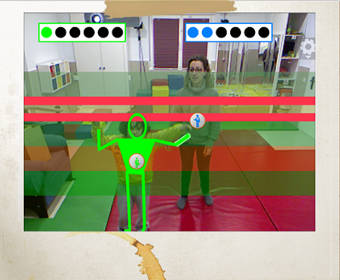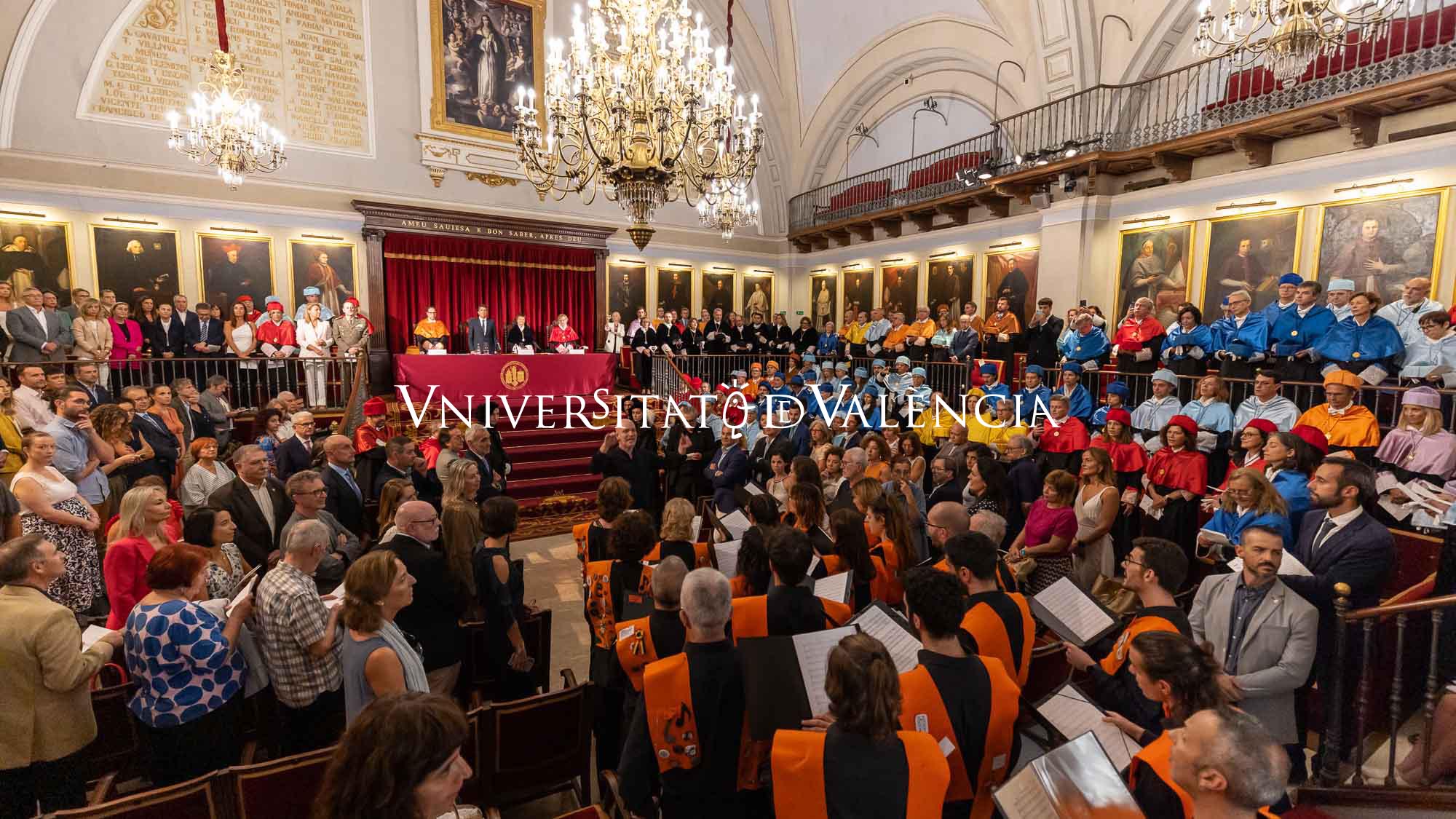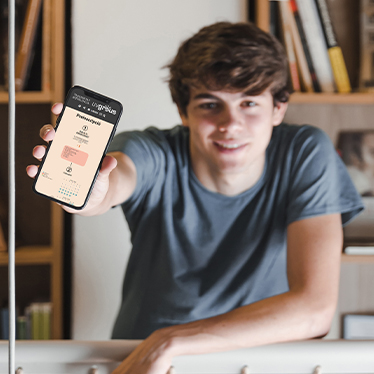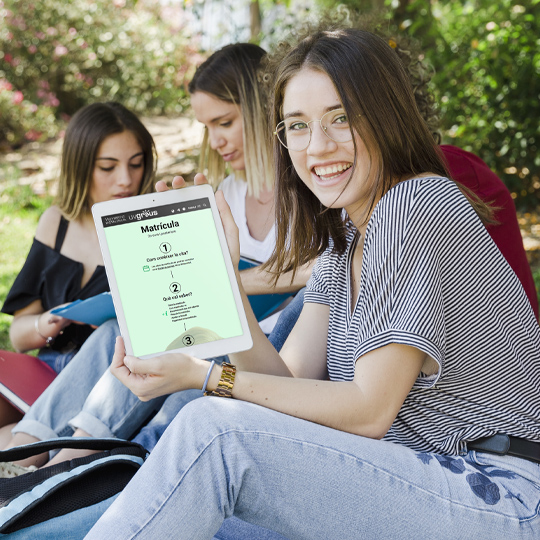
The Pictogram Room project of the University of Valencia and Orange Foundation present, given the Autism Congress Europe held in Budapest from 26 to 28 September, the new forty ctivities of Pictogram Room, a program that can be download for free and which offers a set of educational videogames for both, chilren and adults with disorders of the spectro autism (ASD)
Pictogram Room is a fun and entertaining way of advancing key development areas, leveraging the strengths of each person. Using a camera-projector system and through the recognition of the movement is achieved the image of the person along with a number of graphics and music to guide their learning. The new release offers four sets of games (eighty total activities) intended to work different aspects of development of the person: The Body, Postures, Point and Imitating. All games are customizable to suit the user's preferences in terms of skills, learning pace, colors and favorite songs.
The software supports personal computers with the Windows 7 operating system and requires the use of the Kinect Sensor for Xbox from Microsoft. It is also available in English and French.
Downloadable for free on www.pictogramas.org, where you can also access the educational guide application, pictogram Room is a project born from the collaboration Autism Group of the Robotics Institute at the University of Valencia and the Orange Foundation and has had the support of Plan Avanza, Ministry of Industry, Trade and Tourism. They have also participated in its development at the University of Birmingham, Universitat Pompeu Fabra in Barcelona, Adapt Foundation, Foundation Mira'm and partnerships Autism Burgos and Autism Avila.
The application is one of the first forays into the use of augmented reality technologies for educational intervention in autism, and is also the first game for children with autism developed using Kinect sensor technology for Microsoft's Xbox, playing this device an essential role in these games. With this tool the player or players can interact properly without clothing or carry any type of device, which is another goodness over such systems. The Room of the pictograms to play with a player (student) or two players (two students or student and educator). In order to have a predictable structure, all games follow the same format and all the teacher has to attend to the participant, in addition to acting also as a player.
All activities are accompanied by a progress indicator placed on the top of the screen. Every time you complete an exercise will fill a ball marker, indicating progress and remaining number of interactions of each activity. The progress indicator is a visual aid stable and therefore predictable for students with ASD.
Video Games
The first set of games, BODY, has several groups of activities designed to promote the development of body scheme. With these games 'versus virtual mirror' is to gradually increase the participant's attention to different parts of your body and the doll that represents it. In all games the educator has to assist the participant in addition to also assume their role in the game, in which you can participate competing or cooperating.
The second group game, POSITIONS, aims to go one step further in the development of body scheme and get the child or adult takes, each time, more aware of your body and learn to differentiate between several positions that will need to go adopting .
The third set, POINTING OUT, relies on the learning acquired in previous games for, this time, facilitating learning to draw. Throughout the different activity groups 'Pointing out' the user can learn to use the hand to point and also to understand how other people can point using the hand or by looking at something.
In the fourth game, IMITATE, players continually have to exchange roles model and observer / imitator. Most games are aimed at working visual-motor aspects of imitation, but also has some games to work-related cognitive rhythm or embody different characters as a wooden puppet, a bear or a clown.
Why?
Numerous scientific studies have shown how people with autism have difficulty properly perceive and process human figures, aspect that plays a central role in their nonverbal communication difficulties (without words) and social responses to these types of stimuli.
Thanks to technological advances and the efforts made by the Autism Group Robotics Institute, Information Technology and Communications (IRTIC) of the University of Valencia, it is possible today to have a powerful tool to work on the development of these critical skills for the person who has an autism spectrum disorder
The tool is useful for any of the ways that are shown TEA. Those with high functioning autism or Asperger syndrome will benefit from it learning nonverbal patterns of social interaction, such as different types of greeting and bodily expressions involved in socialization. Those who, in addition to autism, present intellectual disability, will have a vital help to understand the cause-effect basic body movement and their interaction with the world, and can learn to recognize themselves, to identify parts of their body and use them for communication purposes.
All the information and free download here: www.pictogramas.org
Last update: 25 de september de 2013 07:10.
News release

























